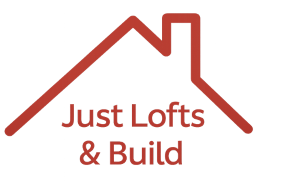Loft Insulation
Stay Legal. Cut Costs. Keep the Heat In.
Since 1 April 2018, it has been illegal to let out a property in England and Wales with an inadequate energy rating. As of 1 April 2023, that law now covers all existing tenancies.
If your property has an EPC rating of F or G, you’re on borrowed time — you risk financial penalties and being unable to rent it out at all unless you upgrade its efficiency.
One of the simplest, fastest ways to comply? Loft insulation.
Why Loft Insulation Is Non-Negotiable
- 25% of a home’s heat escapes through the roof. Stop heating the sky.
- £240+ a year in wasted energy bills — money your tenants could be saving and you could be using to meet compliance targets.
- Short payback. Long-term protection. A one-off install that shields you from rising energy costs for years.
- Lower carbon footprint, happier tenants, higher property value.
Installing 270 mm (11 inches) of quality loft insulation is enough to transform a property from non-compliant to efficient, dramatically reducing heat loss and future-proofing your investment.
Our Insulation Options
We install only proven, high-performance products tailored to your property type:
Knauf Loft Roll 44
- Glass Mineral Wool roll for cold lofts with pitched roofs.
- Thermal Conductivity: 0.044 W/mK.
- Ideal for newer builds (late 1980s onwards).
Knauf Loft Roll 40
- Higher-performance Glass Mineral Wool.
- Thermal Conductivity: 0.040 W/mK.
- Euroclass A1 (non-combustible).
- Made with ECOSE® Technology.
- Ideal for older properties.
Sheep’s Wool Insulation (Thermafleece CosyWool)
- 75% natural wool, 25% recycled polyester.
- Safe to handle, breathable, excellent thermal & acoustic performance.
- Thermal Conductivity: 0.039 W/mK.
SupaSoft Insulation
- Made from recycled plastic bottles.
- Soft, non-itch, chemical-free, easy to install.
- Thermal Conductivity: 0.16 W/mK (lower efficiency).
Protect Your Investment Now
Upgrading your loft insulation is the quickest, most cost-effective way to hit MEES targets, avoid fines, improve tenant comfort and safeguard your rental income against stricter regulations coming down the line.
Call Just Lofts & Build today for a free survey and no-nonsense quote. We’ll make sure your property passes – and stays ahead of – the rules.
Get in Touch
Office: 029 2252 3483
Mobile: 07514 795 000
Serving Cardiff and surrounding areas within a 50-mile radius.


Leave a Reply
You must be logged in to post a comment.